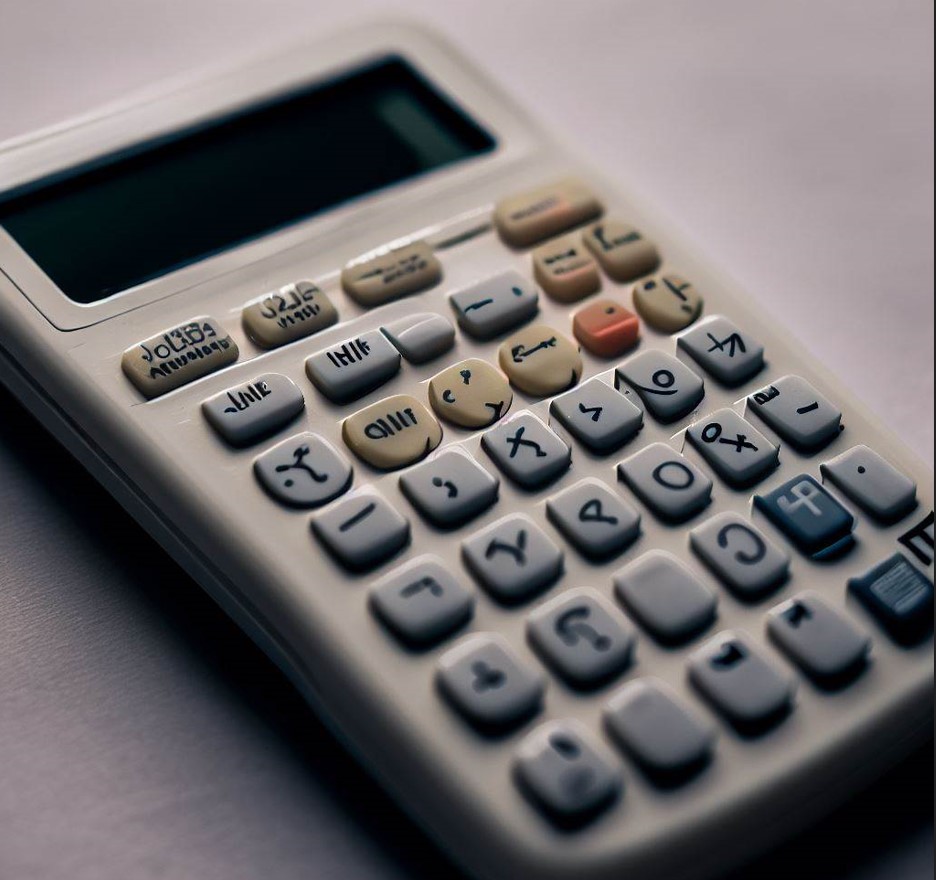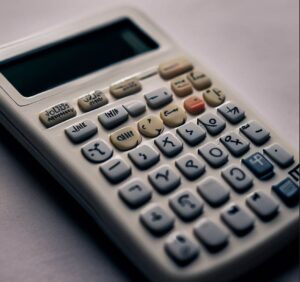How is commercial power calculated?

Trying to figure out how to calculate commercial power is not that hard.
Learn how commercial power is calculated is essential for businesses to manage their energy consumption effectively and optimize costs. In this article, we will explore the methodology behind commercial power calculation, providing examples to illustrate the process. Additionally, we will introduce Bid On Energy, a platform that offers valuable solutions for businesses seeking to streamline their commercial electricity supply. By leveraging Bid On Energy's services, commercial enterprises can access competitive rates, optimize their power usage, and achieve significant cost savings.
Calculating Commercial Power:
Commercial power calculation involves determining the amount of electrical energy consumed by a business over a given period. It is typically measured in kilowatts (kW) or kilowatt-hours (kWh). The calculation involves two primary factors:
Power Demand:
Power demand refers to the maximum amount of electrical power a business requires at any given time. It is usually measured in kilowatts (kW). Businesses need to determine their peak power demand to ensure that their electrical systems can handle the load. This demand is influenced by various factors, including the types of equipment, machinery, and processes in use.
To calculate the power demand, businesses can consider the following example:
Example 1:
A manufacturing facility operates several machines simultaneously. Machine A requires 15 kW, Machine B requires 10 kW, and Machine C requires 8 kW. If all machines are running concurrently, the total power demand would be 15 kW + 10 kW + 8 kW = 33 kW.
Energy Consumption:
Energy consumption refers to the total amount of electrical energy used by a business over a specific period, usually measured in kilowatt-hours (kWh). It represents the cumulative energy usage and is crucial for determining energy costs.
To calculate energy consumption, businesses can consider the following example:
Example 2:
A retail store operates for 10 hours per day. It has an average power demand of 12 kW during this period. To calculate the energy consumption, multiply the power demand by the operating time:
Energy Consumption = Power Demand (kW) × Operating Time (hours)
Energy Consumption = 12 kW × 10 hours = 120 kWh
Electricity Units of Measure
When measuring electricity, there are several units commonly used to quantify different aspects of electrical energy. Here are the most frequently encountered units of measure for electricity:
Ampere (A):
The ampere is the unit used to measure electrical current. It represents the rate at which electric charge flows through a conductor. It is named after the French physicist André-Marie Ampère.
Volt (V):
The volt is the unit used to measure electrical voltage or potential difference. It represents the force or pressure that drives the electric current through a conductor. It is named after the Italian physicist Alessandro Volta.
Watt (W):
The watt is the unit used to measure electrical power. It represents the rate at which energy is consumed or produced in an electrical circuit. It is named after the Scottish engineer James Watt.
Kilowatt (kW):
The kilowatt is a unit of electrical power equal to 1,000 watts. It is commonly used to measure the power consumption or generation of larger electrical systems, such as homes, businesses, and industrial facilities.
Kilowatt-hour (kWh):
The kilowatt-hour is a unit of energy. It represents the amount of electrical energy consumed or produced when a power of one kilowatt is used for one hour. It is widely used for billing purposes by electricity providers and is a common unit for measuring household and commercial energy consumption.
Megawatt (MW):
The megawatt is a unit of electrical power equal to one million watts or 1,000 kilowatts. It is often used to measure the power output of large-scale power plants or industrial facilities.
Gigawatt (GW):
The gigawatt is a unit of electrical power equal to one billion watts or 1,000 megawatts. It is typically used to measure the power capacity of very large power plants or utility-scale renewable energy installations.
Volt-ampere (VA):
The volt-ampere is the unit used to measure apparent power in an electrical circuit. It represents the combination of voltage and current in a system and is used to determine the power requirements of electrical equipment.
Ohm (Ω):
The ohm is the unit used to measure electrical resistance, which is the opposition to the flow of electric current. It is named after the German physicist Georg Simon Ohm.
These units of measure are essential in quantifying and understanding different aspects of electricity, from current and voltage to power and energy consumption. By utilizing and interpreting these units correctly, individuals and businesses can effectively monitor and manage their electrical systems.
Bid On Energy: Streamlining Commercial Electricity Supply
Bid On Energy offers valuable solutions for businesses seeking to optimize their commercial electricity supply and reduce costs. Here's how Bid On Energy can assist commercial enterprises:
Competitive Bidding Process:
Bid On Energy connects businesses with multiple electricity suppliers, creating a competitive marketplace. Suppliers submit their best offers, allowing businesses to compare rates, contract terms, and additional benefits. This competition empowers businesses to choose the most cost-effective electricity plans, resulting in significant savings.
Power Optimization:
By accessing Bid On Energy's services, businesses can receive personalized energy solutions tailored to their specific needs. This includes recommendations for optimizing power usage, such as implementing energy-efficient technologies, adopting demand-response strategies, and exploring renewable energy options. These measures help businesses reduce their overall power demand and consumption, leading to cost savings.
Cost Transparency and Control:
Bid On Energy provides businesses with transparent pricing information, allowing them to make informed decisions based on their budget and energy requirements. The platform presents a clear overview of supplier offers, contract details, and terms and conditions, enabling businesses to maintain control over their energy costs.
Simplified Contract Management:
Bid On Energy streamlines the contract management process, making it easier for businesses to navigate agreements with electricity suppliers. The platform facilitates efficient contract negotiation, renewal, and termination, saving businesses time and resources.
Understanding how commercial power is calculated is crucial for businesses to manage their energy consumption and optimize costs. By considering power demand and energy consumption, businesses can gain insights into their electricity usage patterns. Bid On Energy serves as a valuable resource, connecting businesses with multiple electricity suppliers and providing cost-effective solutions to streamline commercial electricity supply. Embracing Bid On Energy allows businesses to access competitive rates, optimize power usage, and achieve significant cost savings while maintaining control over their energy consumption. Take advantage of Bid On Energy to simplify your commercial electricity procurement process and drive cost-efficiency.
SAVE MONEY WITH LOWER UTILITY BILLS
COMMERCIAL ELECTRICITY SUPPLIERS

